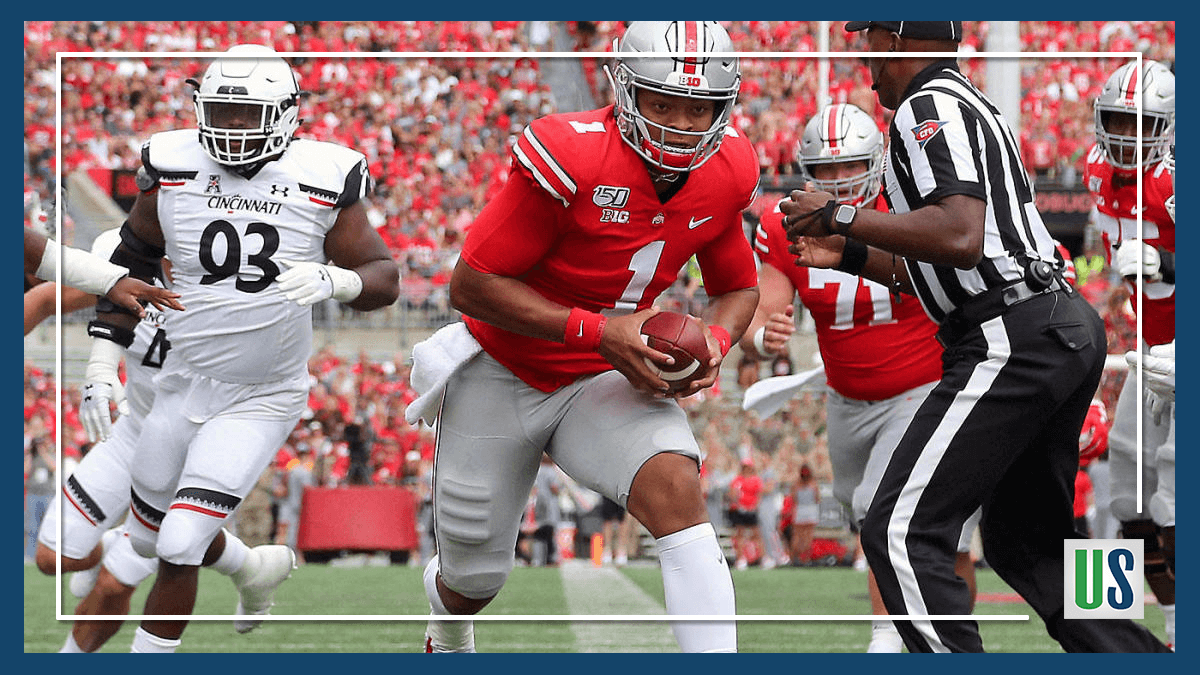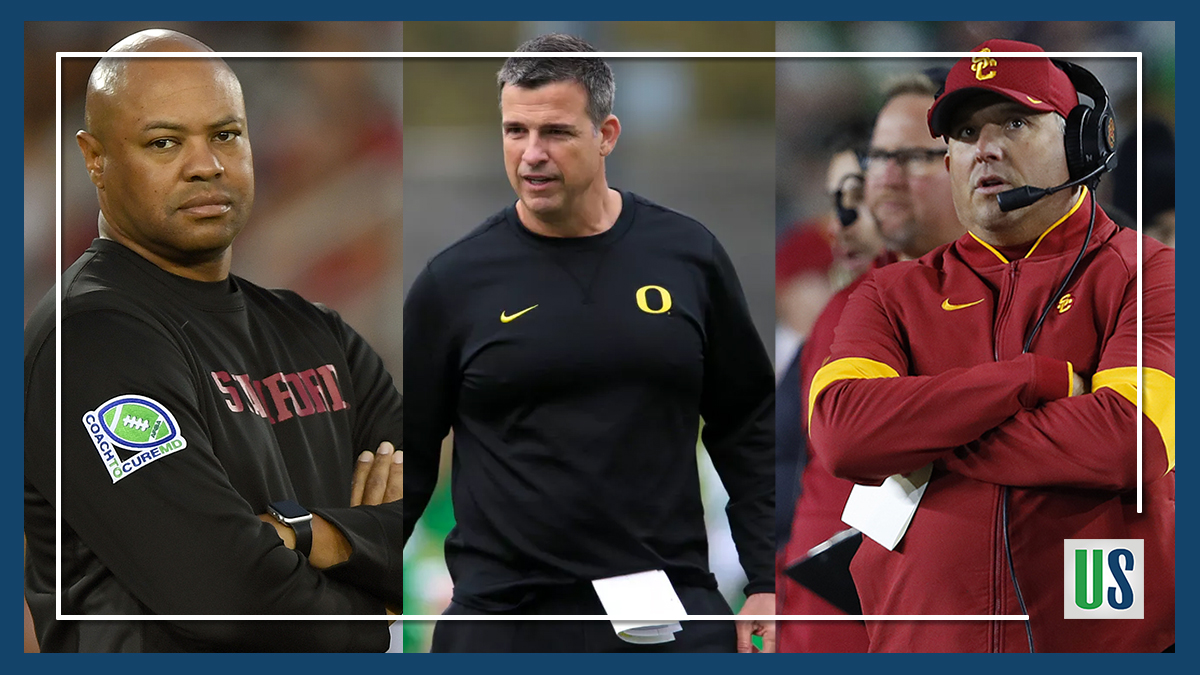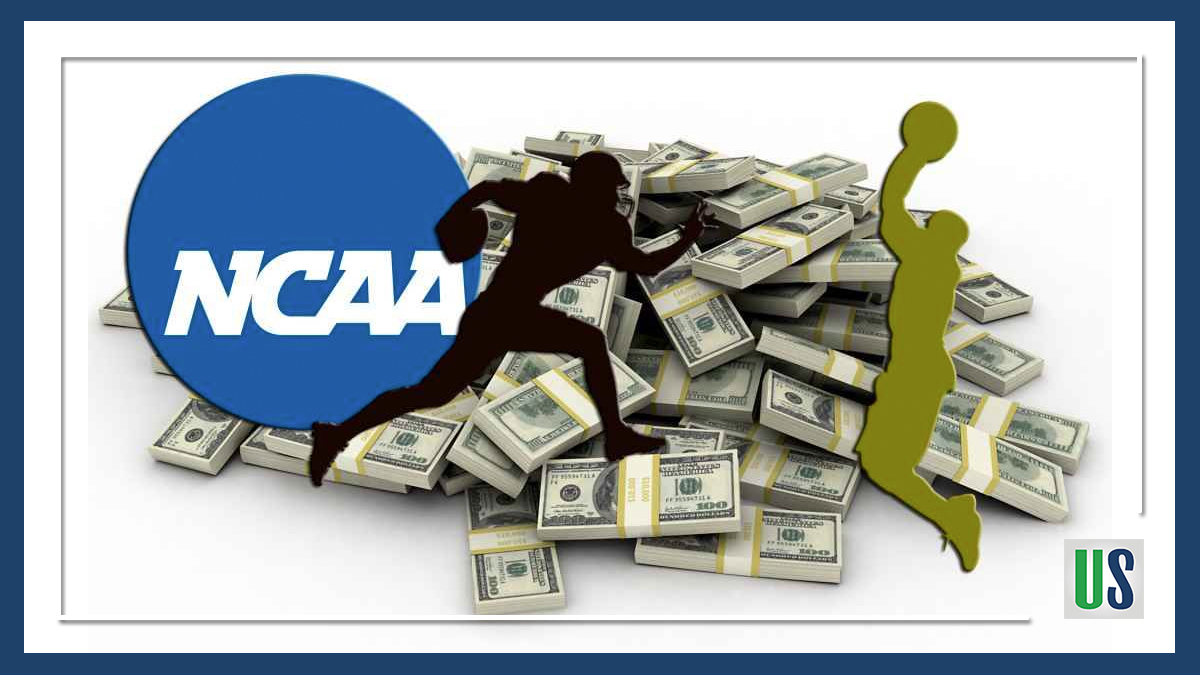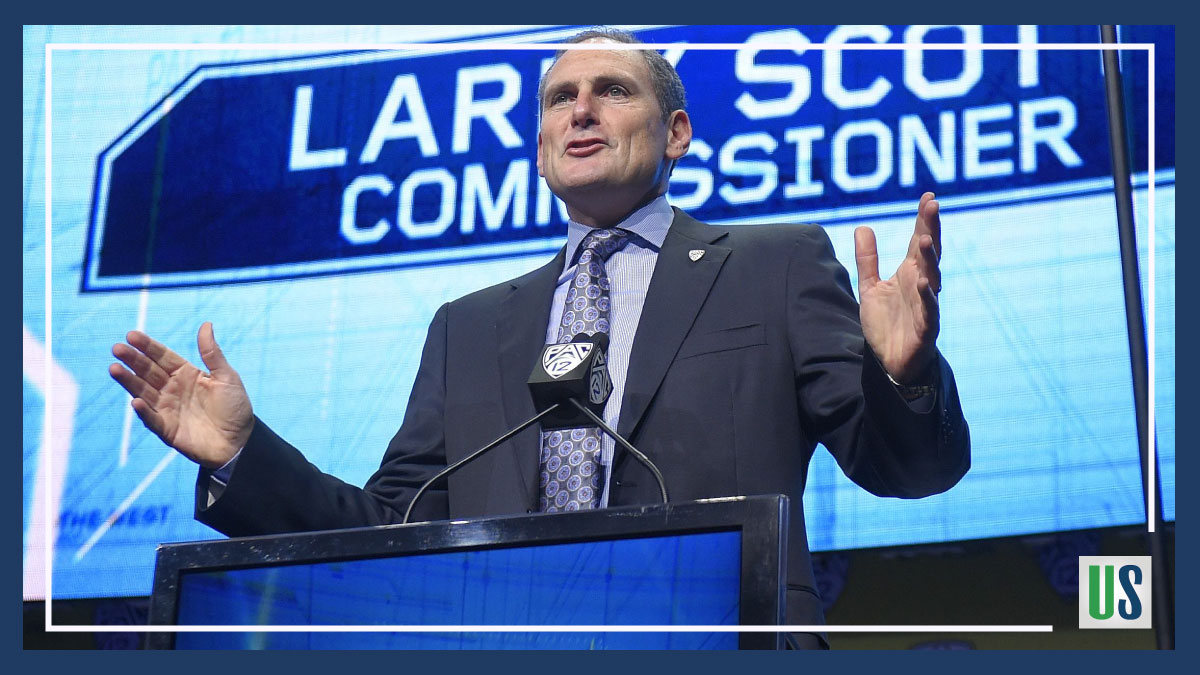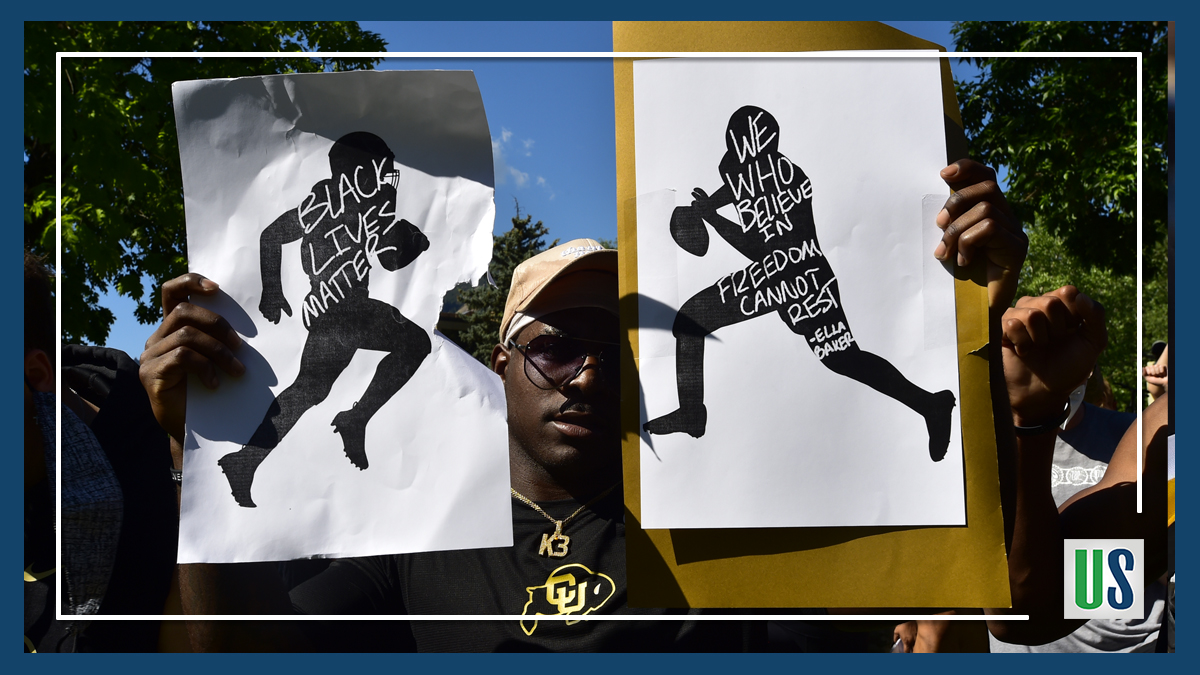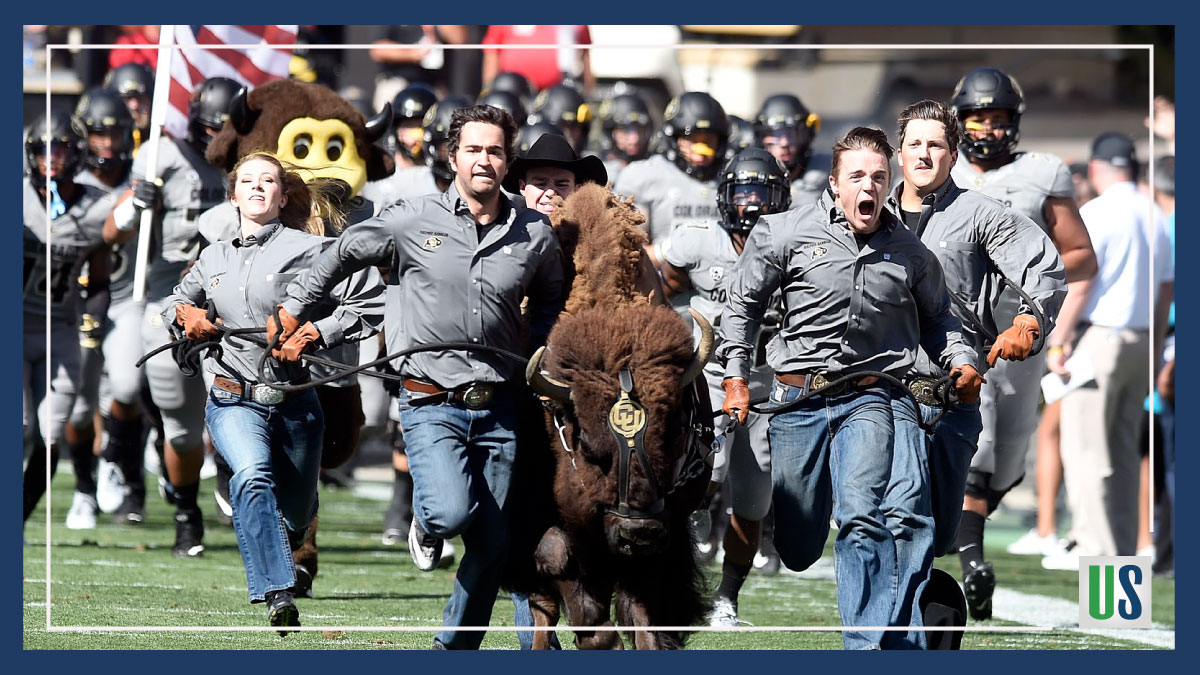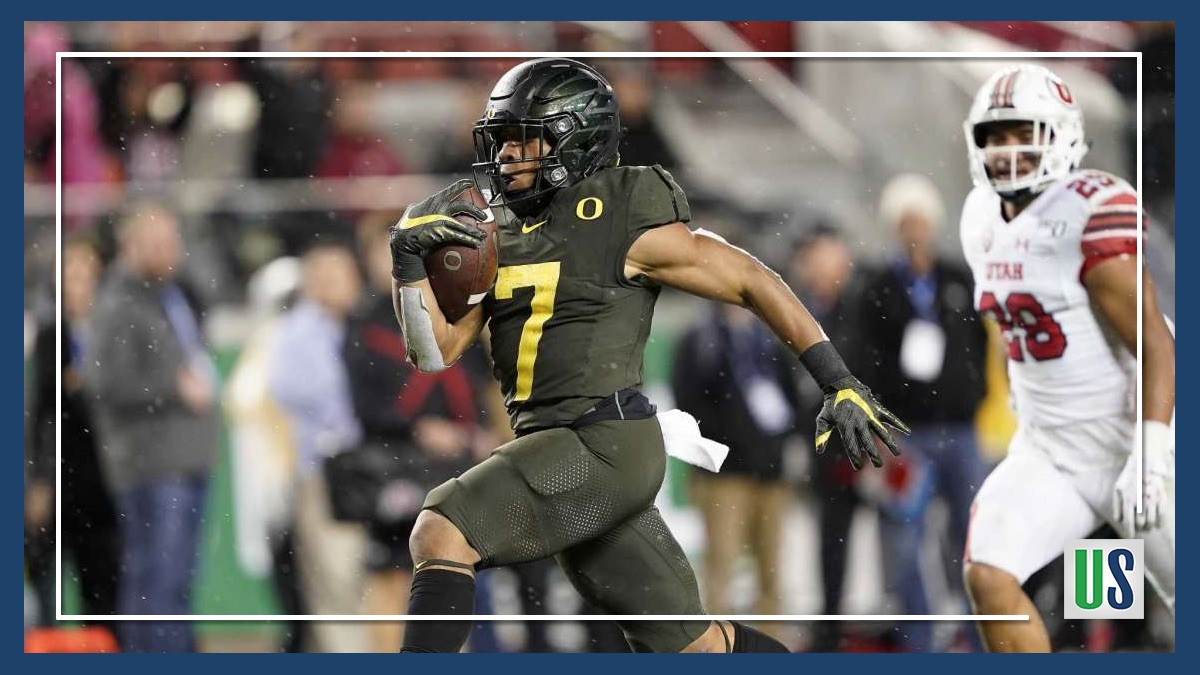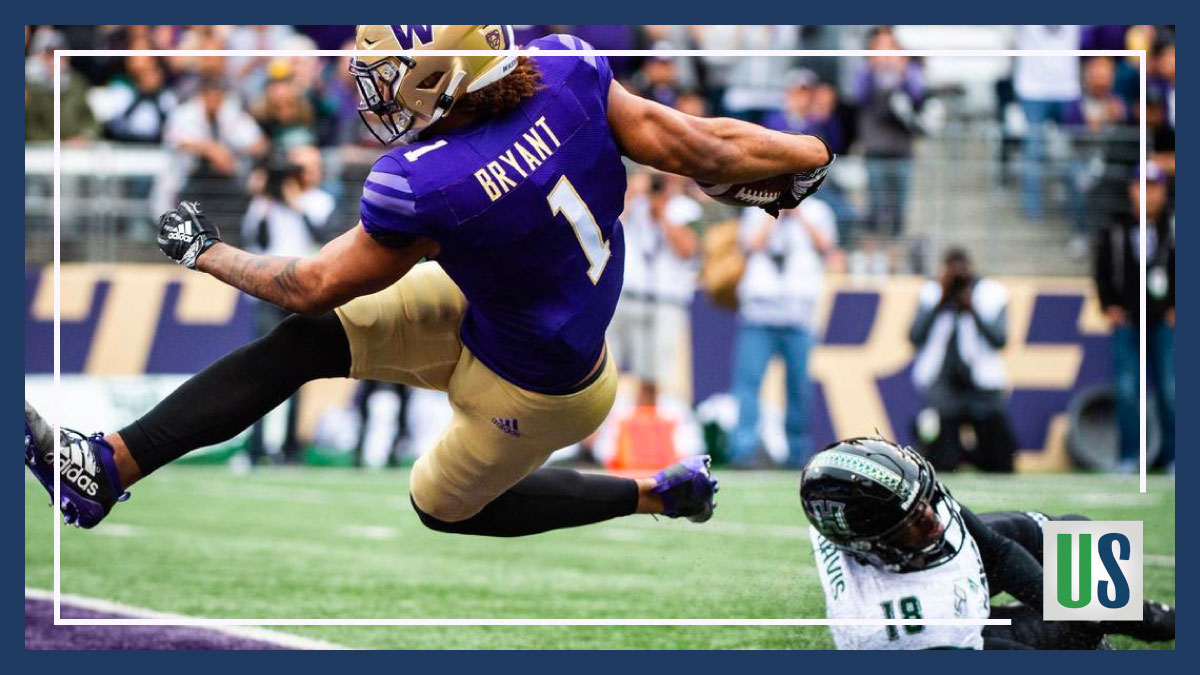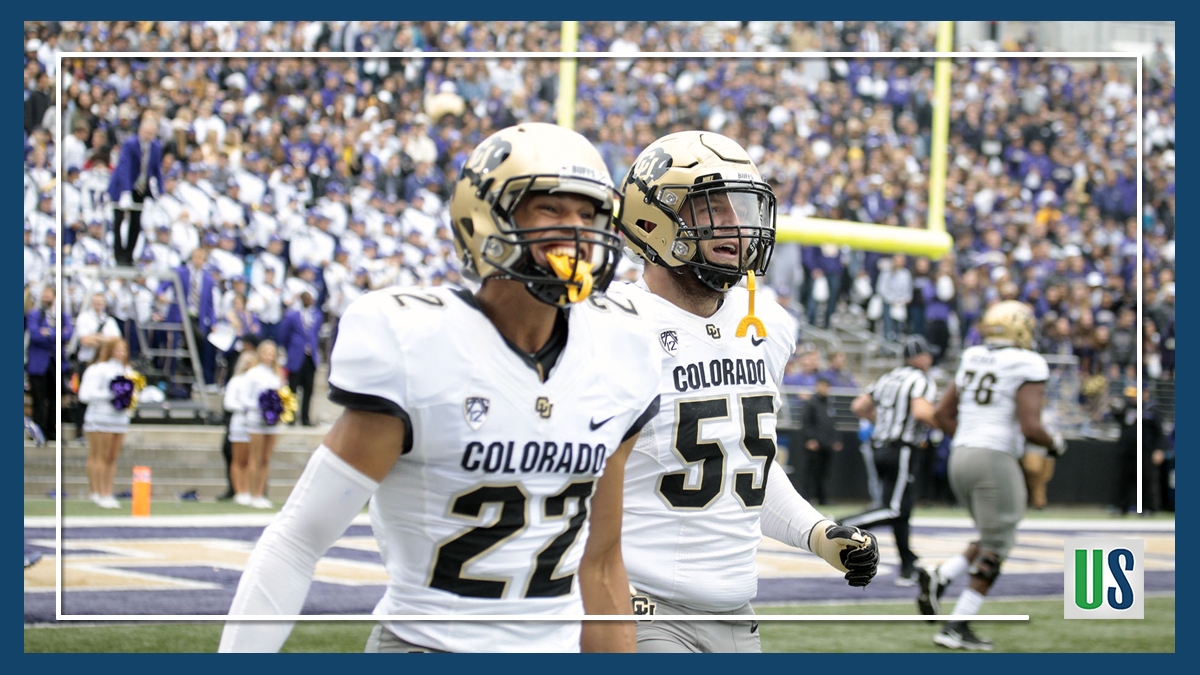Coronavirus brought college basketball to a screeching halt earlier this year. There was no March Madness Tournament, no Final Four. Spring sports did not even get to suit up. Since then, college sports lovers have wondered what college sports will look like in the 2020-2021 season. The college football season is growing closer. States are moving through the phases of re-opening. Fans are beginning to see what issues are at stake for college sports this upcoming season. This issue at stake is how to ensure the safe return of college athletes and students generally during the Coronavirus pandemic. Schools are trying to sort this out while being sure to minimize the school’s liability. Earlier this week, fans learned just how Ohio State University (OSU) intends to accomplish that goal.
What is OSU’s Buckeye Acknowledgement and Pledge?
Last week, Ohio State University began allowing football players to return to campus for voluntary workouts. However, prior to returning the players signed the Buckeye Acknowledgement and Pledge. What is the Buckeye Acknowledgement and Pledge (the Pledge)? OSU created the Pledge for college athletes to sign prior to returning to campus and engaging in sports. The Pledge requires OSU’s athletes to do their part in “help[ing] stop the spread of COVID-19.” It also required the players to acknowledge the possibility of contracting COVID-19 and other infections.
By signing the form, Buckeye athletes agree to a number of COVID-19 safety measures. Specifically, the players agree to get tested for COVID-19. Additionally, the players agree to self-quarantine if they test positive or exhibit COVID-19 symptoms. They further agree to wear masks in public, practice physical distancing, and frequently wash their hands.
The Pledge is not optional. All OSU athletes must sign it in order to participate in OSU’s athletics. For players who are 17 years old, their parents must sign it. However, players will not lose their scholarship if they fail to sign and comply with the pledge. The athletes do not have legal representation.
The Pledge Reads Like a Waiver but OSU Claims it is not intended to be a Legal Document
The pledge certainly reads like a waiver even though OSU does not expressly call it one. In fact, OSU’s athletic director Gene Smith stated that the pledge is intended more for educational purposes than for liability purposes. Specifically, Smith stated “We don’t look at [the pledge] as a legal document. It is a Buckeye Pledge.” Smith elaborated that the pledge is there to give an administrator who may see an athlete not wearing a mask the ability to remind that athlete of their commitment to helping stop the spread of COVID-19.
Even though the Pledge may not be viewed by OSU as a legal document, it could possibly be used to shield OSU from liability. Throughout the entire document, the players acknowledge the risk of participation and agree to participate anyway. If an athlete becomes infected with COVID-19, the athlete could claim that OSU was negligent. The athlete could claim that OSU failed to keep the campus and athletic facilities safe, and healthy, and did not do all it could to stop the spread of COVID-19.
What Role Would the Pledge Play if an Athlete Contracted COVID-19 and Claimed OSU was Negligent?
If an athlete becomes infected with COVID-19, the athlete could claim that OSU was negligent. Specifically, the athlete could argue OSU was negligent in keeping the campus and athletic facilities safe and in stopping the spread of COVID-19. To prove negligence, the plaintiff must demonstrate that the defendant owed a duty. The plaintiff must prove the duty was breached and that the breach was the cause of the plaintiff’s injury. To prove that OSU was negligent, the athlete would have to demonstrate that OSU owed him a duty to maintain a safe and healthy campus environment. The athlete would also have to prove that OSU breached that duty and that the breach was the cause of his injury – contracting COVID-19.
Does OSU Owe a Duty?
OSU arguably has a duty to keep its student body safe by maintaining a safe and healthy campus environment. However, the Pledge could be used to refute a negligence claim. The language of the pledge could be interpreted as relinquishing OSU of the duty to ensure that its students are safe and healthy by placing that burden on the student body. For example, the pledge states:
“As a member of Buckeye Nation, I know that I must take steps to stay well in order to protect others and promote a safe return to campus for all Buckeyes. Because of this, I pledge to take responsibility for my own health and help stop the spread of COVID-19.”
This statement arguably attempts to take the burden of safety away from OSU and puts it on those who sign the Pledge. Upon signing, the students agreed to take responsibility for their own health. They agree to promote a safe return to campus for all Buckeyes. Accordingly, the students arguably take the responsibility of ensuring that OSU’s student-body stays healthy away from OSU. Thus, the Pledge could be used to argue (albeit a weak argument) that OSU did not owe a duty to the student body to maintain a safe and healthy environment. OSU could argue that those who signed the Pledge agreed to take responsibility for their own health. Therefore, this language arguably attempts to take the duty of maintaining safety away from OSU. Thereby shielding OSU from liability.
The Pledge Could be Used to Argue that the Athletes Assumed the Risk of Contracting COVID-19
If OSU is found to owe a duty to maintain a safe and healthy environment, the Pledge still could shield OSU from liability. The pledge could help OSU prove that the athlete assumed the risk of contracting COVID-19. Assumption of risk is a defense to negligence claims. A plaintiff may not recover damages in a negligence claim if they agreed to a known risk. Upon signing the pledge, it is arguable that those who signed the Pledge assumed the risk of contracting COVID-19 while at OSU. For example, the document reads:
“I know that by engaging in campus activities, including attending classes, pursuing my education, living on campus, eating in the dining halls, attending activities, participating in sports and recreation, I may be exposed to COVID-19 and other infections.“
The document also reads:
“I understand COVID-19 is a highly contagious virus and it is possible to develop and contract the COVID-19 disease, even if I follow all of the safety precautions above and those recommended by the CDC, local health department, and others.”
The language in both statements provides a strong assumption of risk argument. Using this language, OSU can claim that those who signed the pledge knew of all the risks. They can claim that those who signed assumed the know risks and agreed to participate anyway. OSU may not be calling it a waiver. OSU may be claiming that the Pledge it intended more for education than legal purposes. However, Ohio State University could refer to the Pledge in asserting their defense if they are sued by a student who contracted COVID-19.
How are Other Schools Handling the Return Amid COVID-19?
Ohio State University is not the only school to require athletes to sign a document upon return. Indiana, Tennesse, Iowa, and SMU have all required their athletes to sign a similar document. It is a good chance other schools will follow suit. However, Michigan State announced that the institution will not require its athletes to sign a waiver. It will be interesting to see the position the NCAA takes on this issue.

